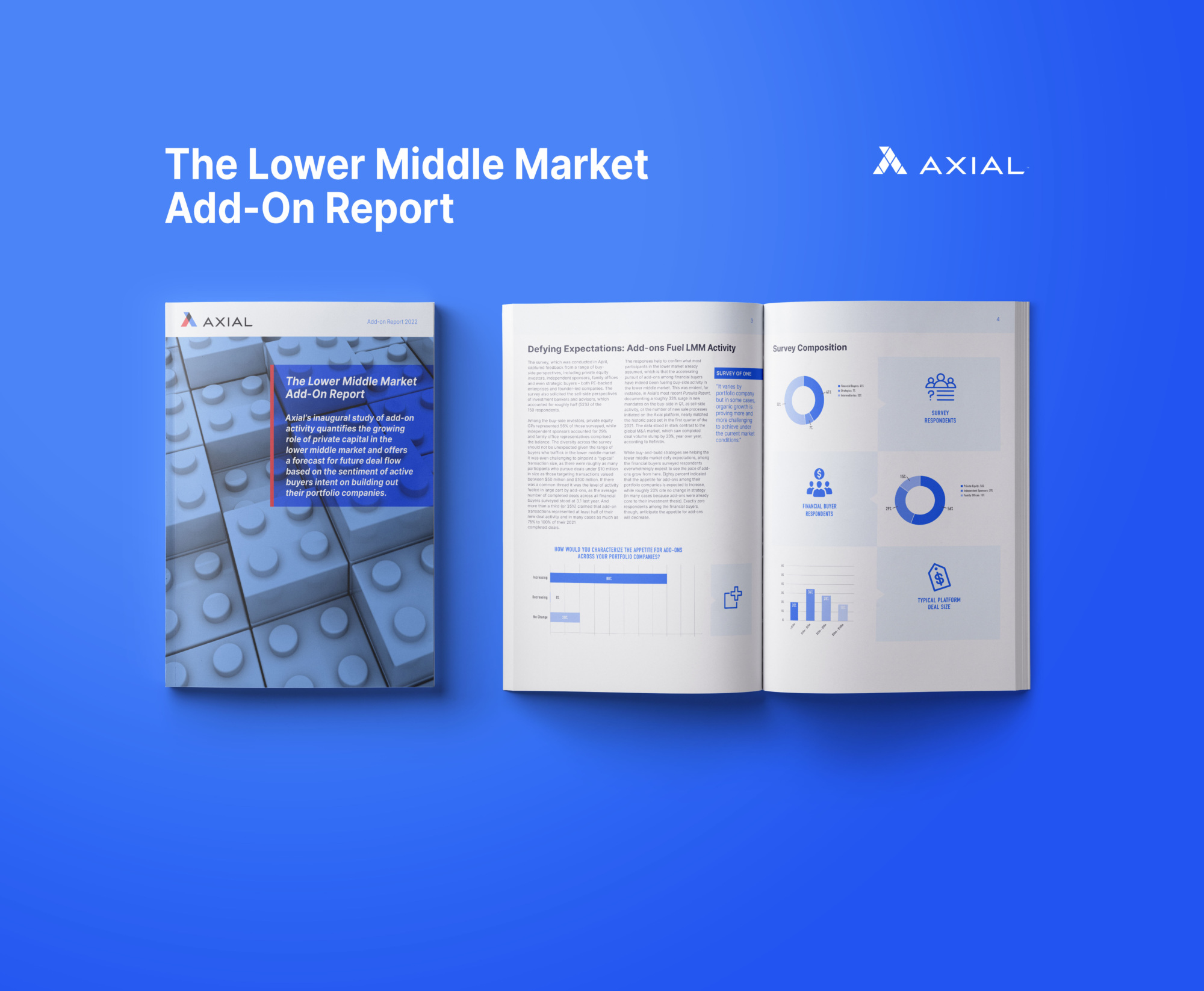
Introducing The Lower Middle Market Add-On Report
A survey of 150 deal professionals across the Axial network documents the extent to which financial sponsors have descended upon…
Tags
2017 saw a lot of activity in the middle market restaurant and food franchise industry. We spoke with two experts from BBVA Compass about market forces impacting the space and expectations for 2018.
“Refranchising [editor’s note: the sale by brand owner of corporate-owned units to franchisees] by the big franchisors has been a primary driver of M&A activity in the restaurant sector for the past seven or eight years,” said James Short, Director of Food Franchise Finance at BBVA Compass. “Jack In The Box Corp was probably the first that did it. Taco Bell, Burger King, Wendy’s, many different large brands have sold company stores to franchisees.”
By doing this, franchisors have created what’s dubbed as an “asset-light” model. Short said, “They are able to cut out of a lot of expenses, and their capital expenditures go down substantially because they’re no longer running the restaurants. This almost always results in improved cash flow margins for the franchisor”
An inflow of private equity investors into the space has also boosted M&A volume in the space, said Kevin Fretz, Senior Vice President at BBVA Compass. He said private equity investors often find better returns within the restaurant sector because there is a perceived risk premium relative to similar-sized general industry companies. Short noted that an average private equity group seeks to make approximately a 20% equity return in the restaurant sector. The larger private equity firms tend to acquire the entire brand and hold on their books for their prescribed investment horizon, often five to seven years, Fretz added.
Family offices are also an active group in the food and franchise sector. According to Fretz, unlike larger PE firms, family offices often hold such assets longer. And instead of acquiring a brand, they frequently acquire mid-sized franchisees, often driven by investment size limitations.
Speaking of what incentivizes family offices to invest in this sector, “The answer is often the same as for the larger firms,” Fretz said. “They’ve got a pool of money they have to invest, and the investors expect a certain return, and the commercial & industrial market generally isn’t generating those returns for a similar-sized investment, so they look to that next higher risk-higher reward sector, and find food franchise.”
One thing family office and PE investors have in common is that they both are often targeting large, national brands and they are focusing on the ability to scale, said Short.
“I think most [PE firms and family offices] are looking to acquire, at a minimum, 20 units at a time versus trying to do one-offs. They’re looking to pick up a whole market and gain some economy to scale,” said Short.
Due to confidentiality, Fretz and Short weren’t able to share specifics of deals done by family offices, but they said JAB Holding’s $7.5bn acquisition of Panera Bread in April 2017 was one of the most notable deals of the year. JAB Holdings is a German private equity investor and also the owner of Caribou Coffee and Peet’s Coffee & Tea.
In terms of the predictions for 2018, Short said that the M&A deals that may happen in 2018 will likely be more geared toward franchisee to franchisee, versus a refranchising event, and the overall M&A level will likely moderate somewhat, due to expected multiple incremental interest rate hikes.
“There were three interest rate increases in 2017 by the Fed and we’re expecting three or four in 2018. So as the cost to capital continues to increase, it’s very likely that lending is going to slow down a bit,” Short said. “In addition, a lot of brands are wrapping up their refranchising efforts. Burger King is completely done, Wendy’s is basically done refranchising, and most of these large brands are now at their desired ratio of company-run stores to franchise stores.”
Fretz added that a higher cost of debt will not only slow down the rate of capital expenditures, it will also likely suppress purchase multiples, “because it will not be possible to layer as much debt against a given amount of equity and maintain a certain WACC, or the debt-to-equity equation will shift because that cost to capital will be higher. This equation should ultimately drive a commensurate decrease in purchase multiples absent more investable equity for a given transaction”
Short noted that the multiples on the acquisition of an entire brand have generally ranged between 6 times and 20 times, while the multiples for acquisitions between franchisees generally range from 4.5 times to 8 times, dependent on concept and size of operator. As for the difference in numbers, Fretz explained that “as a franchisee you are somewhat constrained as to what efficiencies can possibly be squeezed out of that operation from a cash flow margin perspective. You’re ultimately bound by the limitations of the brand itself. Whereas, if you own the brand, I think your opportunity for growth and improvements in efficiencies is perceived as almost limitless.”
Both Fretz and Short think 2018 will be another busy year for the food franchise sector with continued robust transaction volume, although likely focused more within franchisees and local and regional-size brands, and likely at multiples somewhat moderated from what have been seen the past couple years for reasons mentioned previously.
